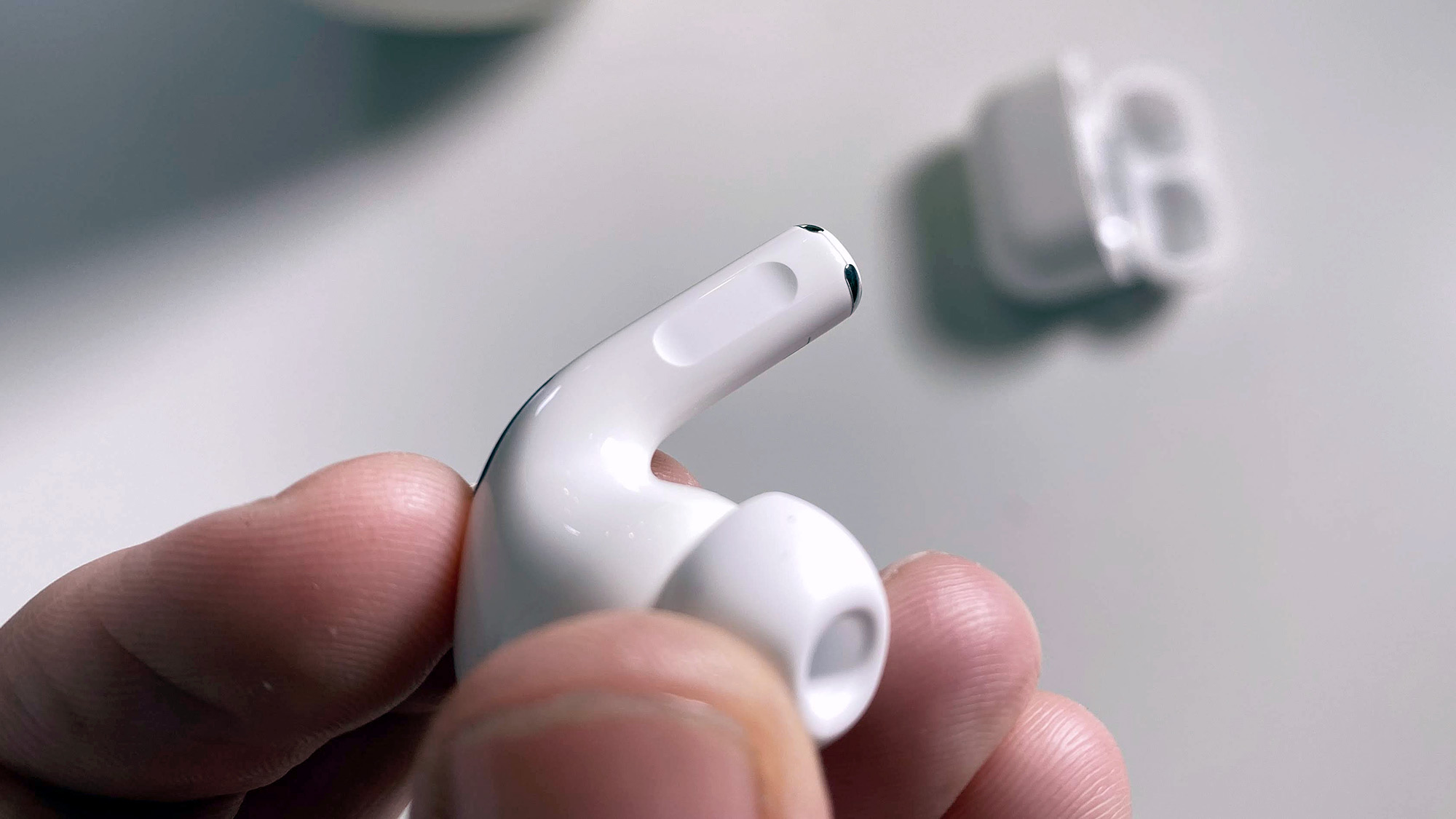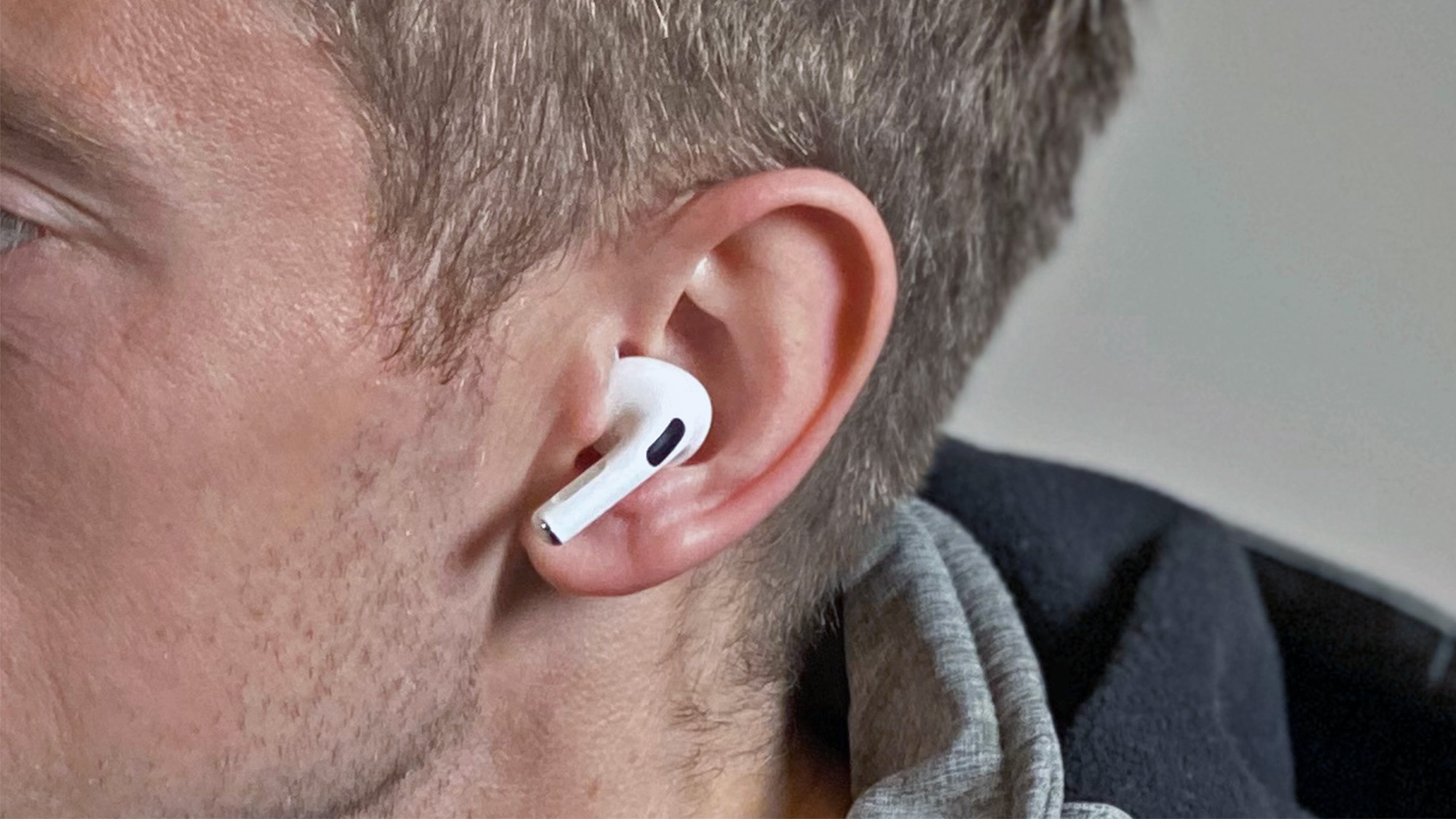Table of Contents
Noise-canceling wireless earbuds Apple AirPods vs AirPods Pro in 2022
The choice will be different for everyone. But, to help you understand which AirPods model is right for you, we’ve broken down the key differences below.
- How to reset your AirPods

Difference #1: The AirPods Pro have noise cancellation
Probably the most noticeable difference is that the AirPods Pro actually use active noise cancellation rather than relying only on passive noise reduction from the eartips.
The level of noise cancellation on the Pro can be customized, and can even be set to Transparency Mode to allow you to hear what’s happening around you without taking off the headphones. There’s basically no drawbacks to having it.
The regular AirPods, unfortunately, don’t offer any level of active noise cancellation, and only offer a noise reduction effect by the seal they create against your ear canal – and as they don’t have silicone or memory foam eartips, this effect is negligible.
- The best noise-cancelling headphones you can buy today
Difference #2: The AirPods Pro are water-resistant
If you’re planning on taking your Apple earbuds to the gym, you should probably pick up the more expensive AirPods Pro as they’re water-resistant IPX4 – i.e. sweat- and water-resistant – compared to the non-water-resistant AirPods.
Now, that doesn’t mean you should take your new high-end AirPods Pro in the pool with you – if they fall out or stay submerged too long they’ll get ruined. If you’re looking for something you can take into the pool with you, you’ll need a pair of swimming headphones.

Difference #3: The AirPods Pro have custom eartips
In terms of finding the right fit, the AirPods Pro will offer more customization than the one-size-fits-all Apple AirPods: inside the box you’ll find a number of eartips and if you’re not sure which to use, Apple will even help you find the correct fit with a quick audio test and can tailor the sound to suit your ear structure.
Because the eartips on the AirPods are plastic, you’re stuck with them – although some people do find them more comfortable than silicone eartips, which have to be pushed into your ear.
Difference #4: AirPods Pro have a pressure valve inside
If you’ve ever felt uncomfortable when wearing a pair of in-ear headphones, it’s because there’s a small, annoying-but-not-life-threatening pressure build-up inside your ear. To combat that, the AirPods Pro uses a very small pressure valve to reduce the pressure inside your ear – a feature Apple borrowed from the Powerbeats Pro.
It’s a small perk of the Pro series of headphones, but one worth considering, especially if you’re sensitive to pressure build-up.

Difference #5: The AirPods Pro have Adaptive EQ
Also inside the earbuds themselves are internal microphones that can measure volume. These are absolutely crucial for effective noise cancellation but, as an added bonus, can also be used for features like Adaptive EQ that optimizes sound quality for your physiology.
How does it work? According to Apple, the AirPods Pro “automatically tunes the low- and mid-frequencies” by using a custom high dynamic range amplifier that “produces pure, incredibly clear sound while also extending battery life.” Nifty!
Difference #6: …and offer wider soundstage and a slight uptick in clarity
While you won’t find a massive difference in audio performance between the two AirPods, many folks have noticed a slightly wider soundstage (how clearly you can hear individual instruments) and a slight uptick in overall clarity when using the AirPods Pro. That’s likely because the AirPods Pro have a slightly larger frequency range and a slightly larger chamber that allows for the sound to expand more.

Difference #7: The AirPods Pro are shorter and stouter than the AirPods
OK, so this is really more of an aesthetic difference than a functional one, but the AirPods Pro are a bit shorter and stouter than the regular AirPods. The iconic tips of the headphones don’t reach as far down your ear with the Pro, but they will cover up more of your ear due to their larger housing.
Both have a somewhat futuristic look to them, however, which some find unappealing – and some love. Either way, both models are unmistakably ‘Apple’.
Difference #8: The AirPods Pro are way, way more expensive
Finally, a category where the regular AirPods stand a chance: At $249 / £249 / AU$399, the AirPods Pro are significantly more expensive than the regular AirPods.
Since the launch of the AirPods 3, the second generation of the Apple AirPods have been given a permanent price drop.
They previously cost $159 / £159 / AU$249 with the standard charging case, and $199 / £199 / AU$319 with the Wireless Charging Case bundled in. You can still buy the Wireless Charging Case separately for $79 / £79 / AU$129
If you want to swap out the regular case for the wireless charging case, the price of the regular AirPods jumps to $199 / £199 / AU$319, putting it within arm’s reach of the AirPods Pro.
These prices regularly dip, however – particularly for the regular AirPods. You can check out the best AirPods and AirPods Pro deals we’ve found in your region below:
Difference #9: The AirPods Pro support Spatial Audio
The noise-canceling AirPods Pro got an upgrade with iOS 14, which allowed for Spatial Audio.
The feature works in 5.1, 7.1, and Dolby Atmos, which positions sound all around you within a virtual sphere – that means that if you’re watching a Dolby Atmos film that shows a plane flying overhead, it will sound as though the plane is really passing above you.
As well as allowing for clever virtual Dolby Atmos, the AirPods Pro can track the motion of your head and your device, to ensure that the audio always appears to originate from the correct position.
Difference #10: The AirPods Pro comes with Conversation Boost
Conversation Boost is designed to help you hear conversations more clearly when speaking to people face-to-face.
When the feature is enabled, the microphones on the AirPods Pro work to isolate voices above other environmental sounds, and you can adjust the levels of amplification and transparency, as well as the tone of what you hear.
The feature was introduced alongside iOS 15, and your device will need to be running this firmware for it to work. To turn Conversation Boost on, open Settings > Accessibility, and then tap Audio/Visual under the Hearing section. Then turn Headphones Accommodations on and turn Transparency Mode on. Finally, scroll down to Conversation Boost and turn it on.

Are there any similarities?
We’ve focused on the differences so far, but really the two true wireless earbuds have tons in common, too.
For one, they’re both true wireless earbuds with similarly sized cases and a battery life of around 3.5 hours per charge, and over 24 hours with the battery case.
They also have a fairly similar sound quality with only minor differences in the soundstage/clarity – until you turn on Spatial Audio, that is. They both use the new Apple H1 Wireless chip that enables hands-free “Hey Siri” functionality, works seamlessly with iOS, and is integrated into Apple’s Find My network.
Which AirPods should you buy?
If you’re bothered by outside noises while at work or while you’re commuting, need water resistance for the gym, or are sensitive to pressure build-up in your ears, it’s probably worth paying a bit more for the Apple AirPods Pro.
But if your chief concerns are sound quality or battery life, you can save yourself a ton of money by sticking with the basic AirPods.
Of course, we suggest you read both our Apple AirPods Pro review and our Apple AirPods (2019) review to learn even more about them, but hopefully, you know a bit more now than you did five minutes ago.
Or, if you’re looking for a happy medium between the two models, read our Apple AirPods 3 review.




